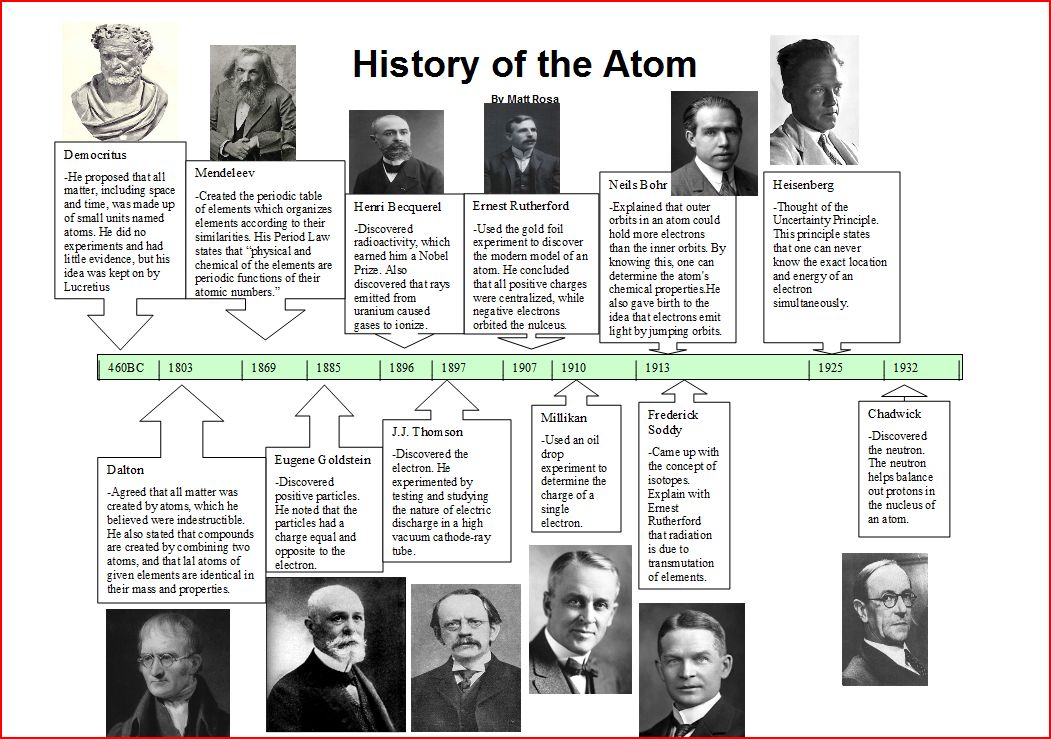
Slide 3
In 1803, John Dalton presented his atomic theory based on three key ideas: Matter is made of atoms which are tiny particles that cannot be created, destroyed, or divided Atoms of the same element are identical, and atoms of different elements are different Different atoms combine together to form new substances

Timeline Of Atomic Models Stock Illustration Download Image Now Atom, Model Object
Matter is composed of exceedingly small particles called atoms. An atom is the smallest unit of an element that can participate in a chemical change. An element consists of only one type of atom, which has a mass that is characteristic of the element and is the same for all atoms of that element (Figure 2.1.1. 2.1. 1.

Atomic Theory Timeline
Center for History of Physics Teaching Guides The Evolution of Atomic Theory The Evolution of Atomic Theory J.J. Thomson and Ernest Rutherford conversing, Cavendish Laboratory, University of Cambridge. Photograph by D. Schoenberg, courtesy of AIP Emilio Segrè Visual Archives, Bainbridge Collection.
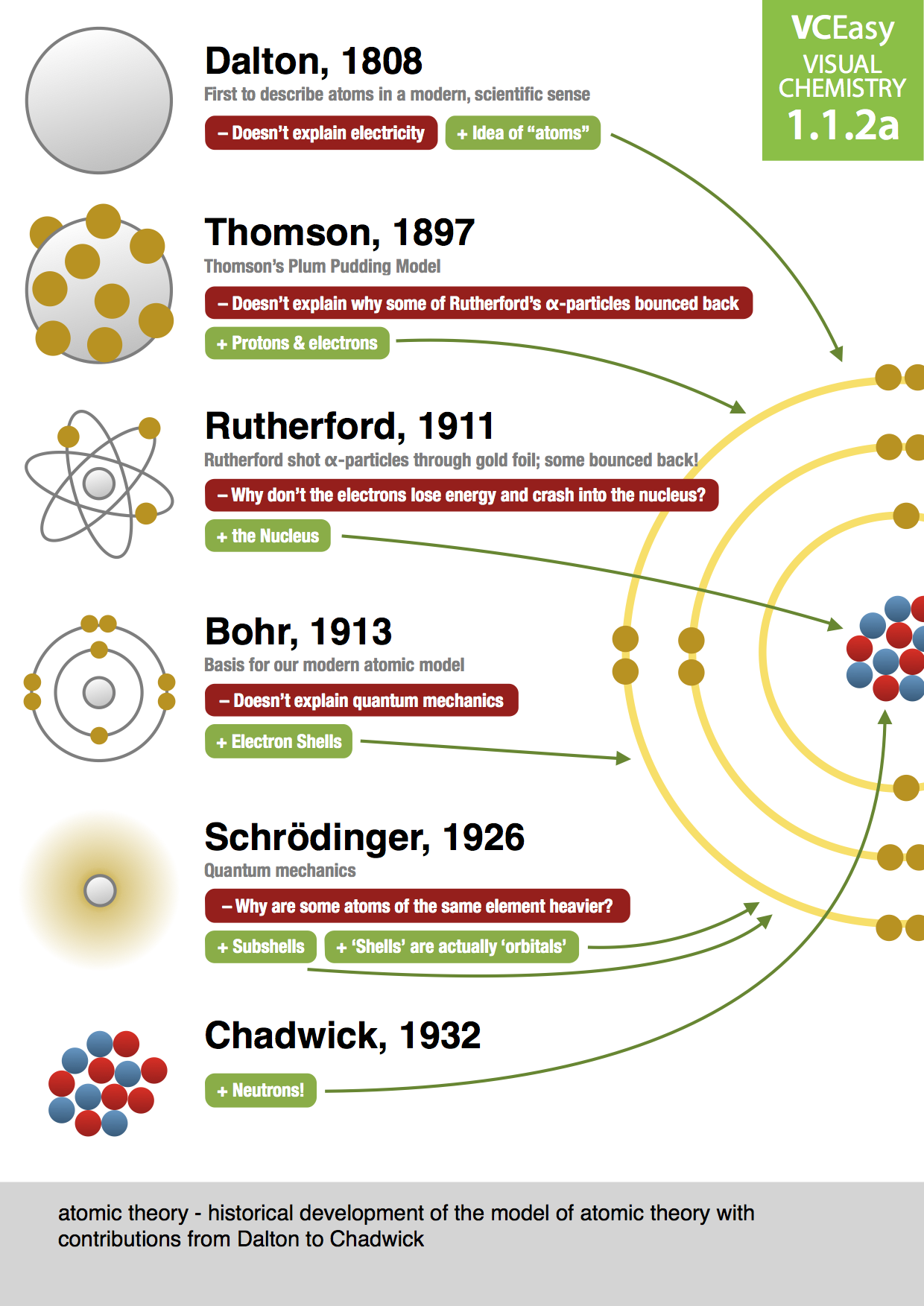
A History of the Atom Theories and Models
Dalton's atomic theory stated that different elements were made of different atoms, but did not explain what made the atoms different. The answer is that atoms are composed of subatomic particles, protons, neutron, and electrons, and the number of the protons and electrons in an atom defines the element it represents.

Atomic Theory Timeline Project A Visual History of the Atom Atomic theory, Science teaching
History of the Atom Timeline. Scientist name Timeframe Major Discovery; Democritus: 400 B.C. The smallest indivisible particle of matter is called an atom. Dalton: 1803: All elements are made of.
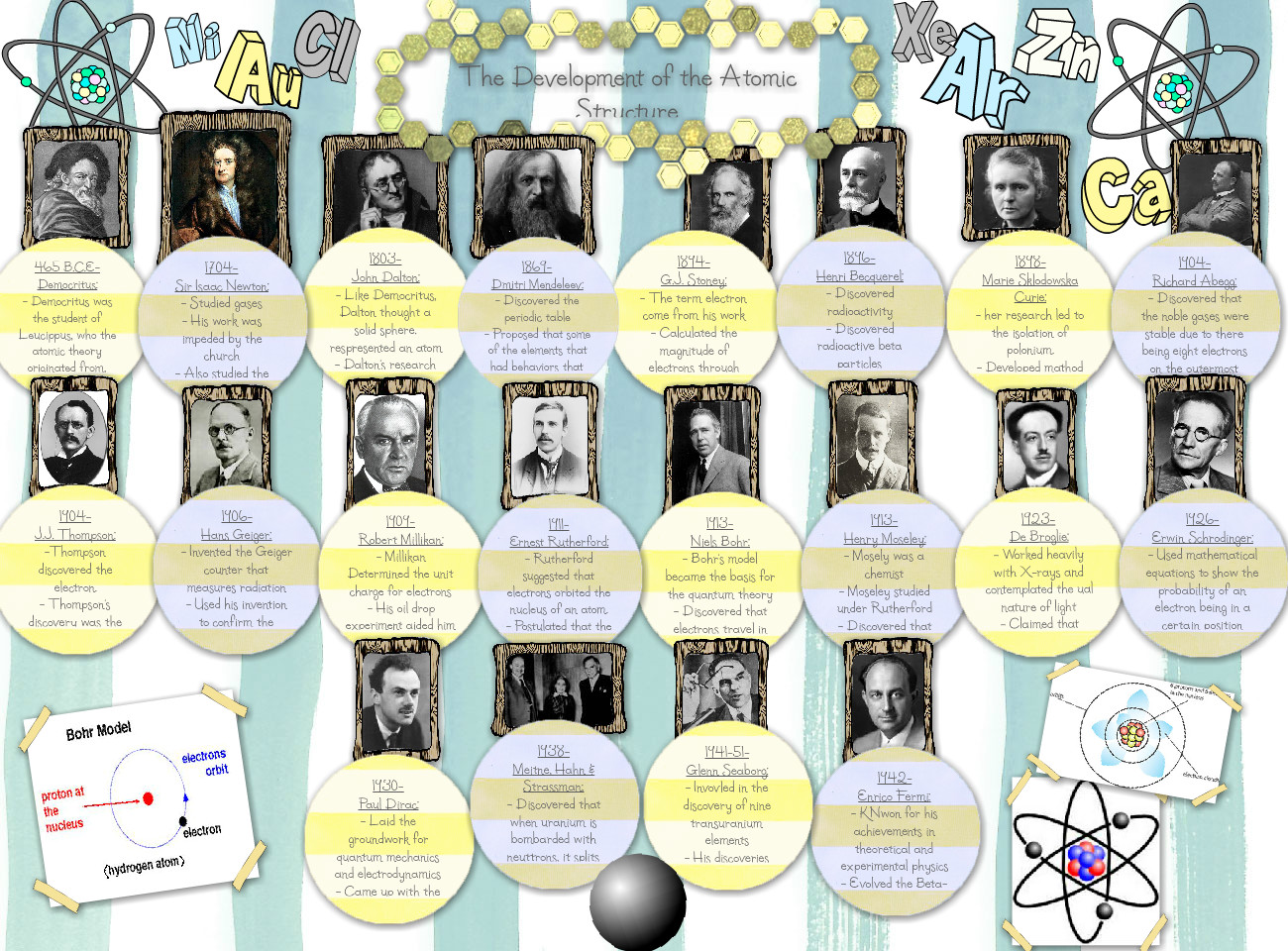
History Of Atoms Timeline boostermash
Greek philosopher Democritus. Atomic theory originated as a philosophical concept in ancient India and Greece. The word "atom" comes from the ancient Greek word atomos, which means indivisible. According to atomism, matter consists of discrete particles. However, the theory was one of many explanations for matter and wasn't based on empirical data.

Atomic theory on Pinterest Atoms, History and Chemistry
All matter is made up of atoms. This is something you learn right back at early chemistry classes. Despite this. our new ideas about what an atom is. is surp.

The History of the Atom Theories and Models Compound Interest
The structure of atoms is somehow related to electricity. (p.95) Discovered atoms have negative particles (electrons) using a cathode ray tube. Discovered electron's charge to mass ratio: 1.76 x 108 C/g. (p. 97-98) Thomson's Plum Pudding Model, 1900.

Discovery of the Atom Timeline YouTube
To see all my Chemistry videos, check outhttp://socratic.org/chemistryThis video is about the different ways that scientists have pictured the atoms over the.

Atomic models timeline by Daenna González Issuu
In this video you will learn all the science for this topic to get a grade 9 or A* in your science exams! History Of The Atom Timeline - GCSE Chemistry | kay.

PPT The History of the Atom Timeline PowerPoint Presentation ID2061928
1803 John Dalton introduces atomic ideas into chemistry and states that matter is composed of atoms of different weights 1805 (approximate time) Thomas Young conducts the double-slit experiment with light 1811 Amedeo Avogadro claims that equal volumes of gases should contain equal numbers of molecules

Evolution of Atomic Model 400 BC 2020 History of the atom Timeline, Atomic Theories YouTube
Leucippus of Miletus (5th century bce) is thought to have originated the atomic philosophy. His famous disciple, Democritus of Abdera, named the building blocks of matter atomos, meaning literally "indivisible," about 430 bce.
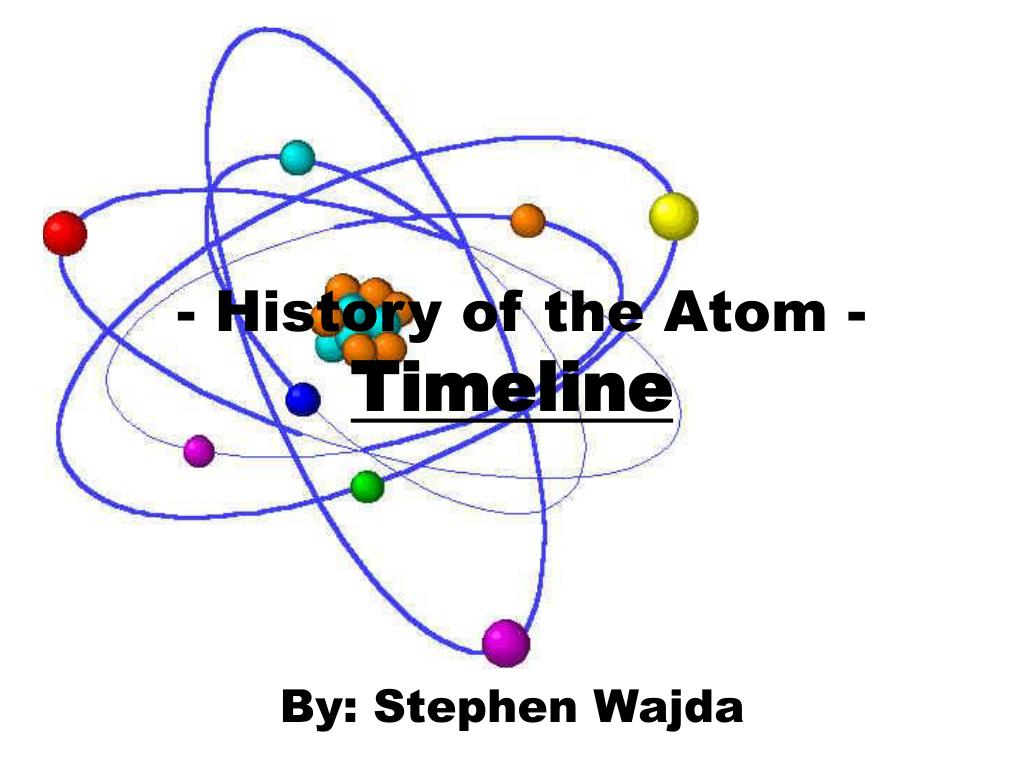
PPT History of the Atom Timeline PowerPoint Presentation, free download ID1169012
Matter is composed of exceedingly small particles called atoms. An atom is the smallest unit of an element that can participate in a chemical change. An element consists of only one type of atom, which has a mass that is characteristic of the element and is the same for all atoms of that element (Figure \(\PageIndex{1}\)). A macroscopic sample.

Atomic timeline Atom, Atomic theory, Timeline
Early History of the Atom Matter is composed of indivisible building blocks. This idea was recorded as early as the fifth century BCE by Leucippus and Democritus. The Greeks called these particles atomos, meaning indivisible, and the modern word "atom" is derived from this term.

Science Visualized • A BRIEF TIMELINE OF ATOMIC THEORY The idea that...
Physics The Discovery of the Atom What would happen if we took a piece of paper and repeatedly cut it in half? Eventually, it would become impossible to continue with regular tools such as scissors, as the piece would simply be too small.
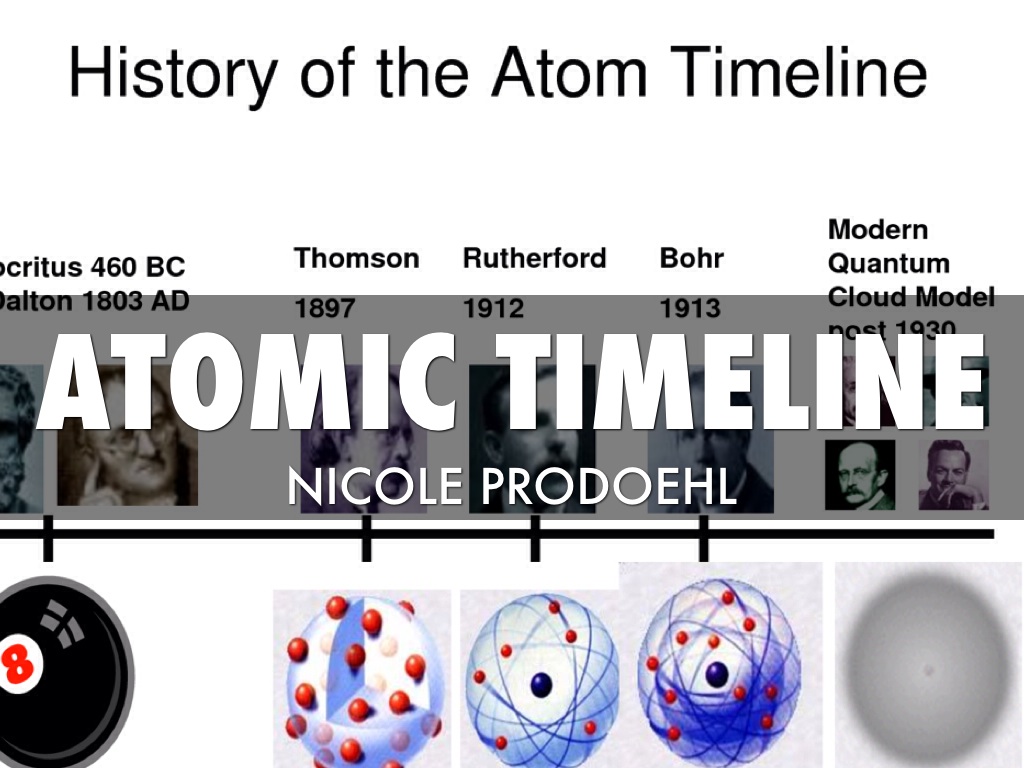
Atomic Timeline Nicole Prodoehl by Nicole Prodoehl
. Later Greek thinkers suggested that matter could be made up of invisible particles . They called these particles atoms but they had no experimental evidence for their model. The first atomic.